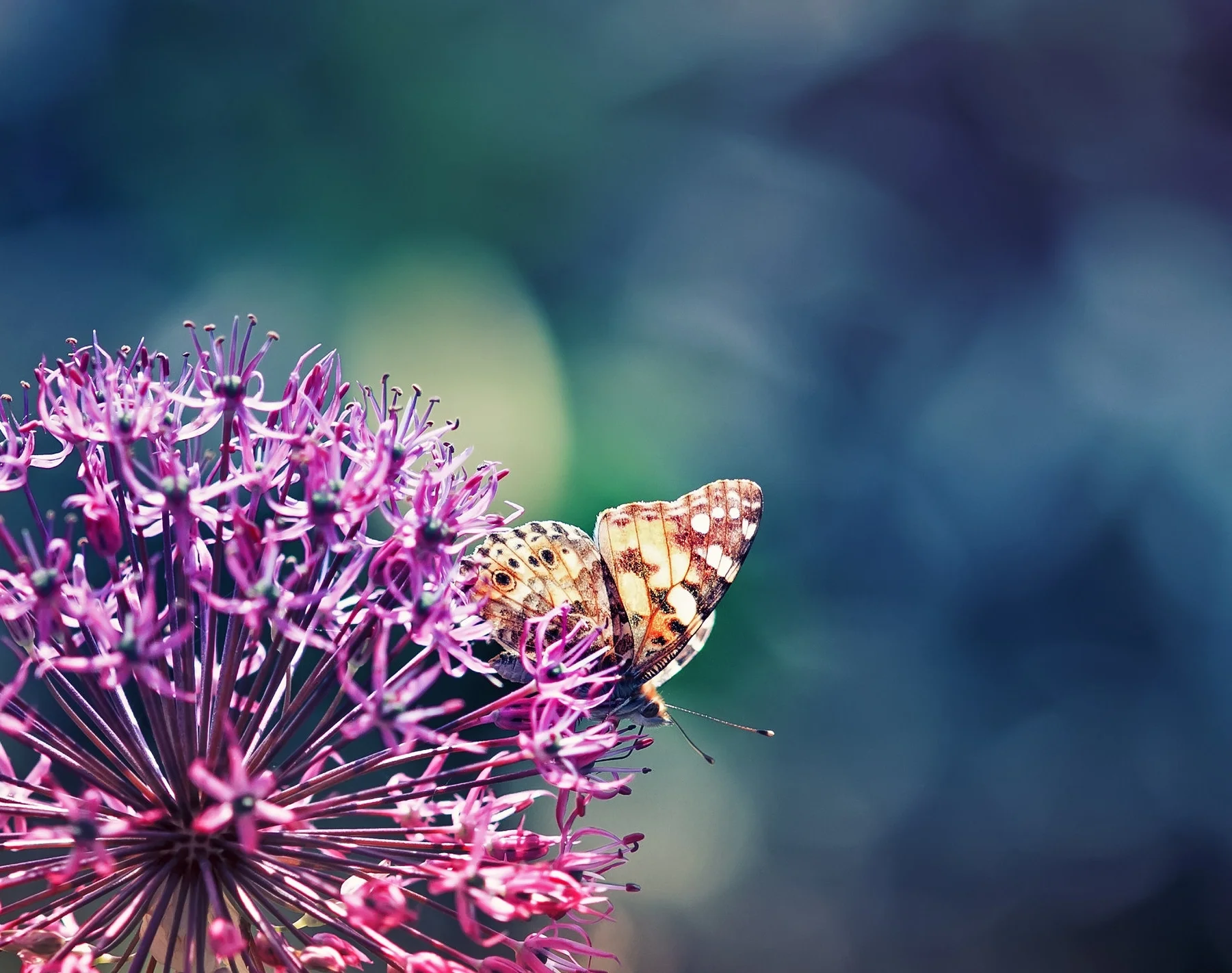Michele Rozansky | Therapist, Founder
WHO IS MICHELE ROZANSKY? WHAT IS ORLANU?
Since I was in high school, I knew what I wanted to do with my life.
At fourteen, my younger sister Lori was diagnosed with scoliosis, a curvature of the spine. She was fitted for a new device called The Milwaukee Brace, which immobilized her from neck to tailbone. That awful brace was part of her life for three years, causing her physical and emotional pain every day. As she grew, the doctor adjusted the brace, increasing the pain and creating skin sores. My sister was miserable, and I ached for her. I wondered, “Why can’t the doctors help her without intensifying her pain?”
No one should have to struggle as Lori did. By the time I left for college, I knew what I wanted to do with my life: I wanted to relieve pain and suffering in children. My path was clear.
In 1997 Orlanu Therapies opened its doors, fulfilling my lifelong dream: to create a healing center for children and adults with chronic pain. How did that happen?
In 1980, I was a newly-minted, licensed Physical Therapist from the University of Wisconsin-Madison. For the first thirteen years of my career, I worked with children with severe neurological challenges like Cerebral Palsy, children who had compromised motor abilities and often suffered great pain.
In this setting, I studied how different bodies develop and move both typically and adaptively, in cases of neurological or developmental challenge. If a weakness or stiffness was present, the children’s ability to move was altered and they had adapted other ways to move, often requiring extreme effort. In their therapy, the goal was to guide and to teach them how to move in the easiest way for their unique little bodies.
Those years as a pediatric therapist gave me the insights and the inspiration to seek out a more effective way to treat patients. I saw that no single method worked for everyone — and not even for one individual. My traditional physical therapy methods did not help enough people. What was missing? I needed to seek other approaches.
“If the only tool you have is a hammer, everything looks like a nail.”
- Abraham Maslow
At that time, Myofascial Release (MFR), CranioSacral Therapy (CST), and Neurodevelopmental Treatment (NDT) were coming of age. When I looked into the therapies, I was amazed at their innate wisdom and efficacy. I loved the underlying philosophy of all these treatments: The body has an innate ability to balance itself, to recalibrate. The body wants to heal.
"As a patient who has experienced sciatica, a broken pelvis, a broken finger, rotator cuff injury, and facial paralysis, I absolutely know that the body wants to heal."
- Diane Forman, Orlanu patient
Beginning in 1984, I began studying and training in each of these fields. Over the next twenty years, I enrolled in every advanced course I could find, to increase my knowledge, competency and skills.
At the same time, I continued to work in a clinic. When my practice expanded to working with adults, I gravitated to people living with chronic pain. Like children, adults adapt their own different alternative ways of moving in order to function. My background in normal and abnormal development allowed me to address these habitual and sometimes injurious ways of moving.
I was eager to try the new methods I had learned. At first I used one or another, along with the traditional PT methods. With most patients, the new techniques evoked enthusiasm and better results. Soon I recognized that the hands-on techniques (MFR and CST) blended well, while the NDT provided the exercise component to help patients with posture and movement. This combination provided a synergistic effect: I could help patients relax their muscles, breathe more easily, and move more fluidly, so that their treatment was more effective and longer-lasting.
One piece was still missing. At times people slipped back into their old ways of moving and their pain returned. As patients talked to me, I realized the impact of life stresses on the body. We call it the mind-body connection, a proven physiological phenomenon.
Every day, we experience all kinds of positive and negative stressors that can trigger pain: situations at home, at work, with certain people, even with watching the news. A stressful day can mean a headache, a sore neck, a tummy ache. Our bodies react physically to stress by tightening up and pinching pain-sensitive structures.
What happens then? Our bodies must work harder to carry this tightening, Every hour, every day. The pain and stress continue to loop, each reinforcing the other. Dealing with that stress is part of every Orlanu treatment.
It took me many years to refine my approach. Over the years, I saw that this combination of methods, plus my own instincts for healing, were serving my patients well. I saw smiles of gratitude. Patients referred their family and friends. It was time for the next step.
After fifteen years in the field, I envisioned my own center, a personal, gentle environment to treat children and adults with chronic challenges, people who had tried everything. I knew I was ready. My years of intense training and broad experience, my instincts and caring, prepared me for this challenge.
My vision became a reality. I named the center Orlanu (Hebrew) because it means “Our Light,” symbolic of the vitality and insight I bring to helping those in pain. It also represents the new vitality and joy of the patient when the pain, rigidity, and difficulty in moving are relieved.
For nearly two decades, my patients have come through referrals from friends, people who found their own new light in life. Every day I fulfill my dream of helping patients find renewal of body and spirit at Orlanu.
If I have a gift in my work, it is my in my hands.
Through my on-going training in all aspects of physical therapy, my thirty-five-plus years of experience with bodies in pain, and the intuition in my hands, I bring to each patient a world of empathy, insight, and skill.











